Michele Epifani and Jerome Tennille
December 3, 2018
The Volunteer Center of South Jersey is proud to be one of the 250 Pol affiliates across 37 countries. Together, we are inspiring, equipping and mobilizing more people to use their time, talent, voice and money to create positive change. And this is how we will continue to honor the #bush41legacy.
The timing of this publication couldn't be any better. Friend and colleague, Jerome Tennille, highlights the history of the Points of Light Organization and volunteering in the United States, while discussing the business of connecting volunteers.
This is a topic that I have been pondering for some time, since volunteering is our business at VCSJ. And to run an efficient service business with happy and qualified employees, dollars are needed to serve those volunteers looking to make an impact as a group. While we have the best online site in South Jersey to connect to volunteer needs, there are volunteer groups who need more.
The Volunteer Center is ever grateful to Jerome Tennille, who nails it for us once again!
The Business of Connecting Volunteers
Many people associate the word volunteer with the word free. It remains one of the many myths of volunteerism. But like much else in life, the act of volunteering has associated costs. This is precisely the reason volunteering is less accessible for the working-poor living in poverty and those who have limited time.
Think about it, if you’re working more than one job to make ends meet, you probably don’t have the time or means to volunteer. There are monetary costs that sometimes prevents volunteering from being accessible. Costs are insured when traveling to the destination, paying for parking (if not taking public transportation) and sometimes for meals if volunteering all day. Opportunities that require overnight stay may even force a would be volunteer to take time off from work while also providing their own supplies.
For some, the associated costs can be the difference between putting food on the table or going hungry. These same costs become even more exaggerated when trying to engage a group for extended amounts of time. The larger the group, the more pronounced the involved costs associated with the action for both the volunteer and the organization hosting them.
Whether you’re putting together hygiene kits for the homeless, or building homes for members of the community, the material needed to do so requires monetary payment. The more volunteers you seek to engage, the more material needs to be sourced. While some organizations have the funding and raw material on hand, many of the tax exempt organizations in the United States simply don’t. And contrary to common belief, many organizations aren’t optimized for group projects, and that’s not their fault, nor is it a bad thing. This is just a result of their organizational model and the unique services they provide.
Perhaps the needs of the community are outpacing the average citizen’s ability to make the right connections with organizations that need their help. Complicating matters further, there’s a widening gap between those seeking to serve and their understanding the true requirements of the organizations they have a desire to support. This is often felt as frustration by the non-profit resulting from an imbalance of volunteers seeking to serve in ways not always helpful to propelling their mission.
It’s no secret that volunteerism has evolved over the decades along with the infrastructure, programming and professional expertise necessary to engage those seeking to serve the community. This is certainly the case with group volunteer projects as making the right connection between said group and a hosting organization is incredibly difficult. You might know what I’m referring to, you’ve probably been a part of it yourself. A group of 10, 20 or even 50 colleagues at work want to volunteer together during the same three to four-hour period as team building, and oh by the way the group is seeking to create a tangible item that serves the community.
Sound familiar? There are generally two ways to go about finding volunteer opportunities, and they both have associated costs; option one, you can do all the research yourself, which is difficult and time consuming, or option two, you can outsource that job to an organization designed to broker that connection. Yes, you can hire a third-party to be volunteer matchmaker, and it’s not a bad idea to do so, especially if you’re seeking to have a positive impact. It’s important to understand that it hasn’t always been like this, volunteerism has evolved into a business, and business is booming.
Evolution of volunteerism.
Volunteering has a significant place in United States history extending back to the original colonies when volunteers provided support for those in need during harsh times. It’s through these harsh times Americans found a common fabric, banding together to support one another.
Over the years, as volunteerism became more prominent, so did the role of Volunteer Centers in matching volunteers with volunteer opportunities. This began in 1919 with the founding of the Bureau of Volunteer Services in Minneapolis, Minnesota. The bureau was missioned to mobilize transitioning service members from World War I to other forms of national service. However, social services and volunteerism as it’s recognized today didn’t actually form until the 1930s and the Great Depression. This is where volunteer-based activities at soup kitchens and bread lines became a foundation of today’s modern social support system.
After the Great Depression and with the start of World War II, the Office of Civilian Defense was formed to organize civilians in support of the war effort. While there were a handful of organizations founded, only one recognizable organization still exists in today’s modern age of volunteerism, the United Services Organizations Inc., more commonly known as the USO.
Founded over 75 years ago in 1941, the USO now has over 200 centers worldwide where they continue to provide morale, welfare, family and vocational services to America’s military service members. After World War II there was the National Association of Volunteer Bureaus in 1951, the American Association for Volunteer Services Coordinators (AAVSC) in 1960, and then the Office of Voluntary Action (OVA) in 1969. It was over these decades that a more concerted effort to eliminate poverty in America materialized. The end of this decade also marked the beginning of state-level volunteer offices and the rise of non-governmental entities.
In 1970 the National Center for Voluntary Action (NCVA) was formed as a response to an OVA survey and launched a nationwide program to foster the development of local leadership organizations. To help meet the need of people in their communities, Volunteer Action Centers are formed. In 1979, the NCVA merges with the National Information Center on Volunteerism and becomes VOLUNTEER: The National Center for Citizen Involvement.
By 1986 there are 380 Volunteer Centers existing in 94 of the 100 largest metropolitan areas, reaching approximately 60 percent of the population, referring and placing over 500,000 volunteers annually. But it’s not until 1989 that President George H.W. Bush creates a three-part strategy making community service a national policy, leading to the eventual founding of the Points of Light Foundation (now known as just Points of Light) in 1990.
While there are many volunteer matchmaking services that exist, Points of Light remains the volunteer power-broker in the United States nonprofit and civic engagement sector. With Points of Light merging with the HandsOn Network in 2007 they’re now represented by over 250 affiliates in local communities where they provide services to inspire, equip and mobilize volunteers to solve critical issues. However, like any other organization or company, the services they provide have associated costs.
Costs of Doing Business.
This is most certainly the case when connecting well intended groups to non-profit organizations that have requirements they can fulfill. It’s important to note that while affiliates of Points of Light do receive funding as a 501c3 tax exempt organization, the specialized services they provide to clients isn’t often covered. Matter of fact, the work done in these instances is often in addition to their normal charter. So, the costs of this added work to connect a group is covered by those seeking that connection. Think of this as any other contracted service you’re seeking.
You’re going to an expert with the expectation of being provided a deliverable. If researching, finding, initiating contact, planning the service project, providing the supplies, staffing it and executing it was easy, you’d likely be doing it yourself. None of that work is easy, it requires many resources including time, money, sourcing of supplies and staffing to manage the event. These costs can fluctuate quite a bit depending on the cost of living of your location, the type of service you’re seeking, the number of volunteers you’re seeking to engage. The best thing to do for any group seeking consultative services to match their group with an organization is to budget for this.
If you’re working for a company and are seeking to inject community service into your next conference or work function, set money aside for a service project. If there’s no immediate budget available then think about hosting a fundraiser or as a group engage in peer-to-peer fundraising to cover your expenses.
Just as you’d expect to pay a cost for the opportunity to volunteer abroad, this is becoming commonplace when seeking to create a project in your own backyard. Unless you have the expertise to plan and execute a large community service project on your own, it’s best to not go this route alone.
About the Author: Jerome Tennille is the Manager of Volunteerism for Marriott International. Prior to that Jerome held the position of Senior Manager of Impact Analysis and Assessment for Tragedy Assistance Program for Survivors (TAPS), a national organization that offers help, hope, and healing to all those grieving the death of a loved one serving in America’s armed forces. Jerome is a board of directors member of Peace Through Action USA and also serves on the PsychArmor Institute Advisory Committee for the School of Volunteers & Nonprofits. Jerome holds a Bachelor of Applied Science in operations management and a Master of Sustainability Leadership (MSL) from Arizona State University. Jerome is designated as Certified in Volunteer Administration (CVA) and is also a veteran of the US Navy.


